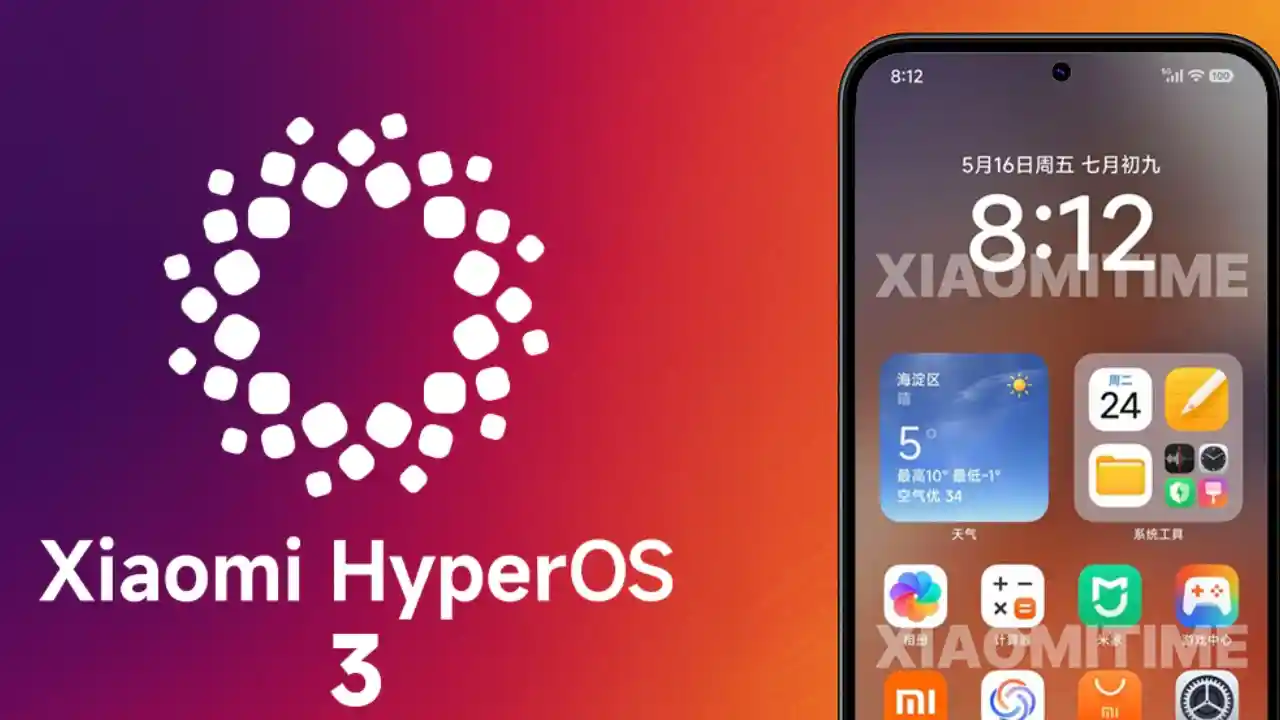Xiaomi is preparing to shake up its user interface experience once again with the arrival of HyperOS 3. Recent leaks have revealed several fresh animations and UI enhancements that aim to elevate the overall feel of the operating system. From smooth transitions to revamped apps like Clock and Recorder, HyperOS 3 seems to focus more on polish, speed, and visual harmony than radical design changes. Let us take a deep dive into what users can expect from this upcoming update.
HyperOS 3 Focuses on Visual Fluidity
The biggest highlight from the leaks is the refined animation layer across the system. Instead of relying on flashy redesigns, Xiaomi appears to be working on subtle visual cues that make the user experience feel more premium. App transitions now glide seamlessly from screen to screen. Opening and closing apps have a more elegant flow, and button interactions feel faster and more accurate.
These animation updates are not just for show. They improve usability by helping users intuitively understand what is happening on the screen. For example, drop-down menus animate gently, and switching between apps feels snappier.
Revamped Core Apps with a Premium Touch
Several core system apps have been spotted with redesigned interfaces and smoother performance. The Clock app now features a cleaner layout with refined typography. In dark mode, it shifts to a deep black background, while in light mode, the colors are soft and neutral, offering better readability. Icons are larger and more intuitive, which improves daily use.
The Sound Recorder app has also been reworked. It now includes a new playback interface that looks sleek and is easier to control. The share button and options panel are better organized, and the recording waveform has improved visual feedback.
Apps like Calculator and Compass also benefit from these minor yet impactful visual improvements. Users will notice smoother opening animations, cleaner button effects, and better alignment in layout components.
System-Wide Framework Upgrades
One of the most interesting technical insights from the leak is the update in Xiaomi’s internal UI engine. The label has shifted from OS020 to OS030, which points to deeper structural changes behind the scenes. This could mean better performance management, fewer animation lags, and a more stable interface experience.
Additionally, interactive elements such as buttons and toggles are now slightly larger, which makes them easier to tap and interact with, especially on devices with larger screens. This thoughtful design change improves one-handed use and enhances accessibility.
When Will HyperOS 3 Launch
HyperOS 3 is expected to officially debut in September 2025, likely alongside the launch of Xiaomi’s flagship smartphones. Devices from the Xiaomi 15 series and other recent models may receive the update first, followed by a gradual rollout to eligible devices from Redmi and POCO.
Users who enjoy early access may start seeing the beta version in developer builds soon, but a full public rollout is likely to begin in stages from October onward.
Why These Changes Matter
For users, the improvements in HyperOS 3 are more than just eye candy. They represent Xiaomi’s continued commitment to refining user experience without overwhelming users with too many radical changes at once. Smoother animations can make a big difference in how fast and responsive a device feels.
These changes also help Xiaomi stay competitive with other major smartphone brands that offer fluid and responsive interfaces. By focusing on usability, Xiaomi is ensuring that even budget and mid-range users enjoy a premium software experience.
